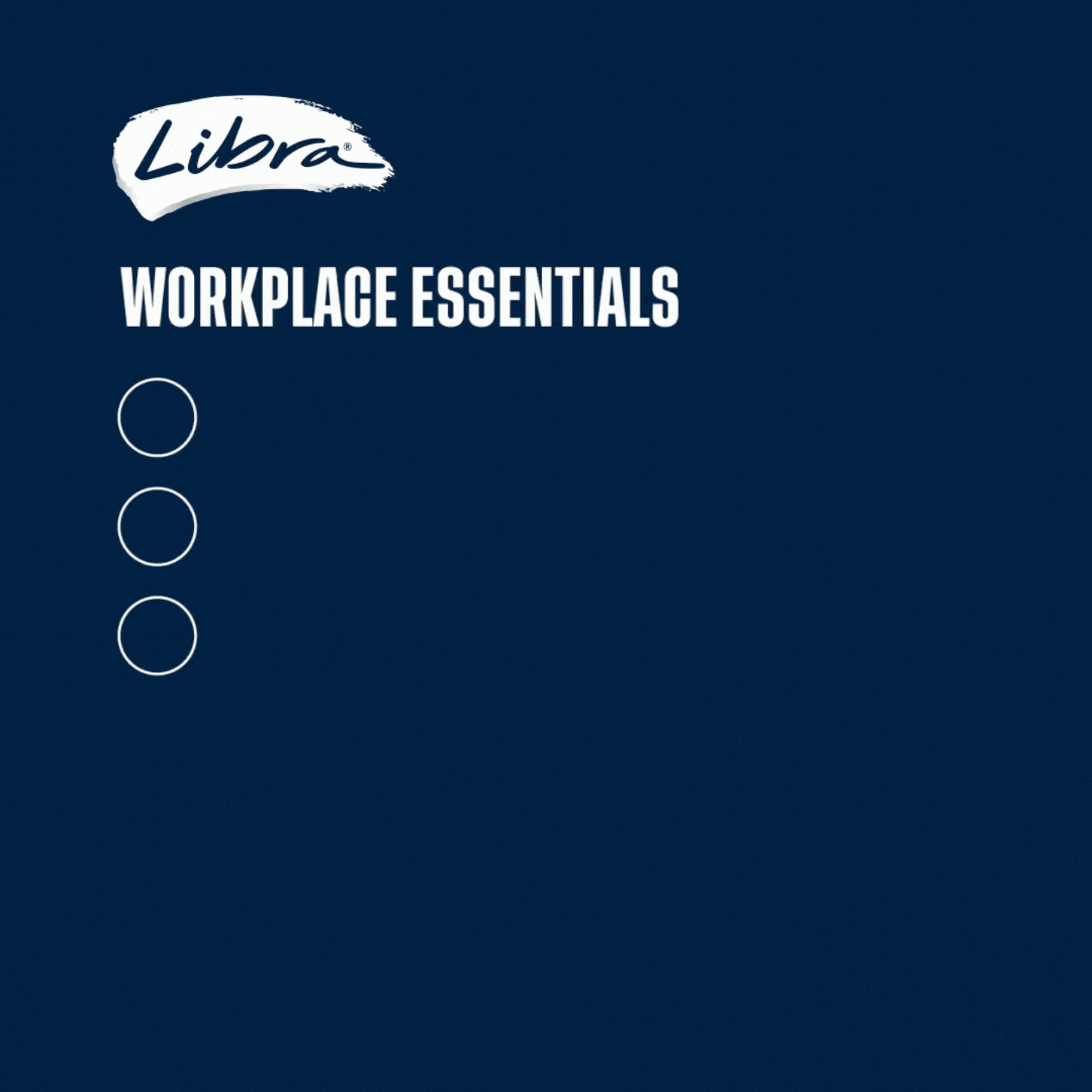Across Australia, thousands of early childhood educators show up every day with care, skill, and deep commitment. Their work builds the emotional and social foundations that every child deserves.
In the ACT, we can see what best practice looks like: clear and enforceable Child Safe Standards, independent oversight, and a culture that puts children’s wellbeing at the centre of every decision.
This model demonstrates that safety and quality can coexist, and that trusted and supported educators are the strongest safeguard we have.
It should be the national benchmark, not the exception. Yet beyond the ACT, that level of accountability is still the exception.
Every time childcare fails, women leave the workforce. Mothers, who still shoulder most caregiving, are forced to choose between income and safety. Childcare safety is not only a child-protection issue; it is a cornerstone of women’s economic equality. A nation cannot talk seriously about participation or productivity if parents cannot trust the system that allows them to work.
When childcare is safe, women can work, study, and lead without fear. Protecting children strengthens gender equality by giving families the security they need to thrive.
What we saw on Four Corners this week was not a collection of isolated tragedies. It was the predictable result of a system that has normalised risk for the youngest children in care. The revelations were devastating: one hundred and fifty childcare workers across NSW charged or accused of sexual abuse or misconduct, hundreds of victims, and years of ignored warnings.
These stories do more than shake parental trust. They strike at the very foundations of the National Plan to End Violence Against Women and Children. That plan begins, quite literally, with keeping babies safe.
Babies and toddlers are uniquely vulnerable, unable to speak, report, or potentially remember abuse that happens before memory forms. Offenders know this.
The UNSW National Study into Child Sexual Abuse Perpetration found that almost one in ten Australian men admitted to some form of sexual offence against a child. Those who offended were often employed in child-focused jobs, socially supported, and outwardly stable. They were hiding in plain sight.
Professor Michael Salter’s work shows how these men exploit the blind spots of a system that hasn’t put protection at its centre. Fragmented regulation, high staff turnover, limited training, and chronic under-resourcing create perfect conditions for abuse to go undetected. Red flags are ignored, whistleblowers punished, and crimes exposed only when police happen upon evidence online.
The encouraging truth is that the roadmap exists. Childlight’s Asia Pacific Hub has called for nationally harmonised safety standards across all jurisdictions. This includes constant line-of-sight supervision so that no child is ever alone with one adult, childcare environments designed for visibility, mandatory training on grooming and boundary violations, protections for staff who report concerns, and trauma-informed support for children and parents in the aftermath of abuse.
These are not abstract ideals. They are the same safety principles already used in aviation, healthcare, and policing. The question is simple: do babies deserve the same structural protection as passengers or patients?
At the Working with Women Alliance we took that evidence further. Our submission to the Senate inquiry sets out a simple truth: Australia needs a national statutory authority to make safeguards real.
Right now, a child’s safety depends on their postcode. The Australian Capital Territory is the only jurisdiction with enforceable Child Safe Standards overseen by an independent commissioner. Everywhere else, the National Principles for Child Safe Organisations remain guidelines without legal force. The ACT model proves what works: legislated standards, active oversight, and cultural change that is continually reviewed and strengthened.
Our proposal is to elevate the National Office for Child Safety into a statutory authority with the power to legislate and enforce standards, monitor compliance, publish data, coordinate across jurisdictions, and provide a single trauma-informed complaints pathway for parents and workers. This is how we finally deliver on the Royal Commission’s call for national oversight. It is a modest cost to prevent the worst possible harm.
Outrage is not enough. Australia does not need another Royal Commission. It needs political courage. We already know what works: national safeguards, trained and protected staff, transparent data, and independent oversight.
The horror stories are real. So are the solutions. What remains is the decision to act before another child is hurt, another parent silenced, and another institution claims it never saw the signs.


